Year:
Duration:
Recorded:
These recordings were made on 26 December 1999 in Coober Pedy, South Australia.
This video is an excerpt – a chapter – from my long-form video The Bodies of Nobodies which I completed in 2022.
Art and Experimentation
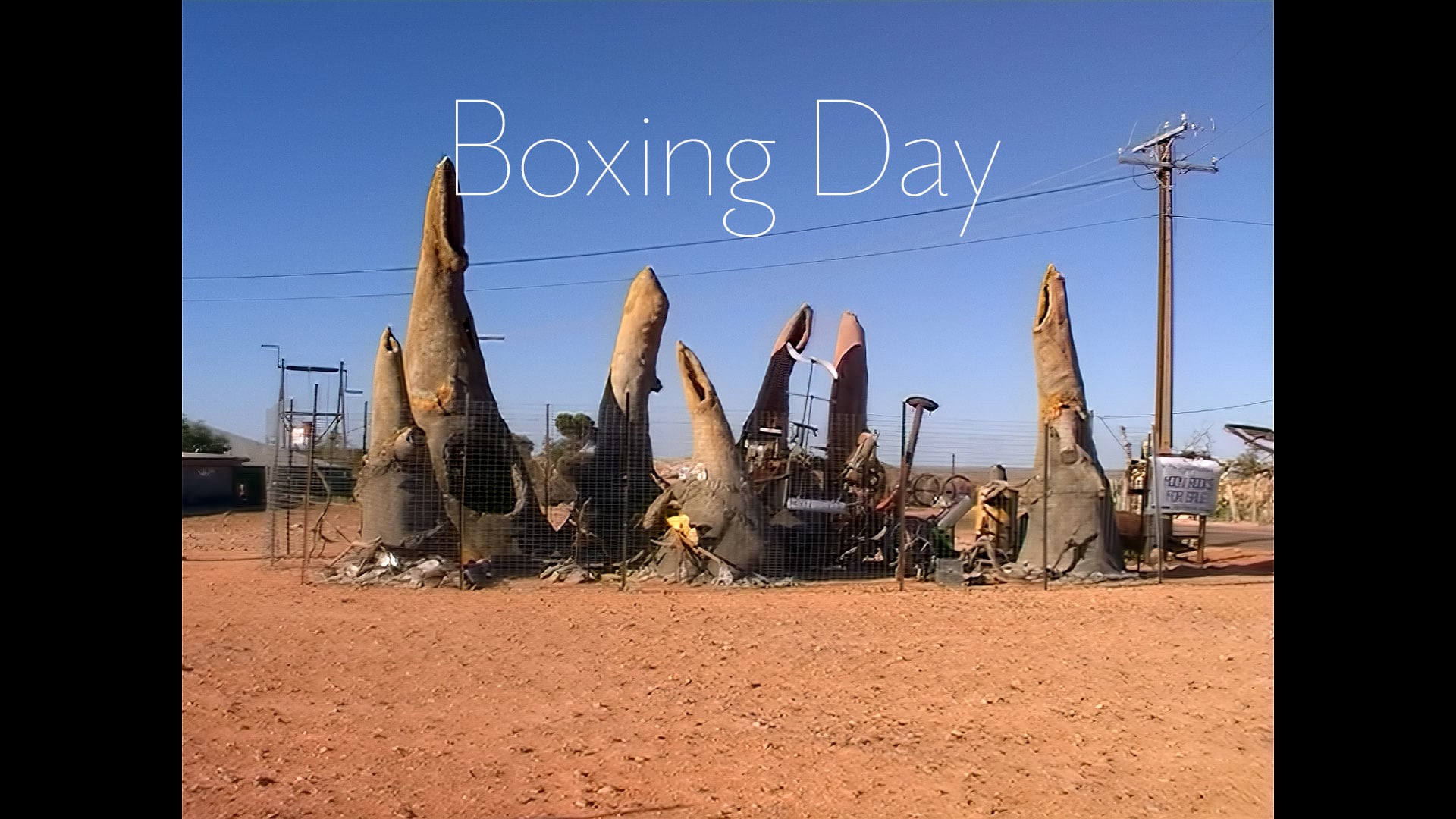
Year:
Duration:
Recorded:
These recordings were made on 26 December 1999 in Coober Pedy, South Australia.
This video is an excerpt – a chapter – from my long-form video The Bodies of Nobodies which I completed in 2022.
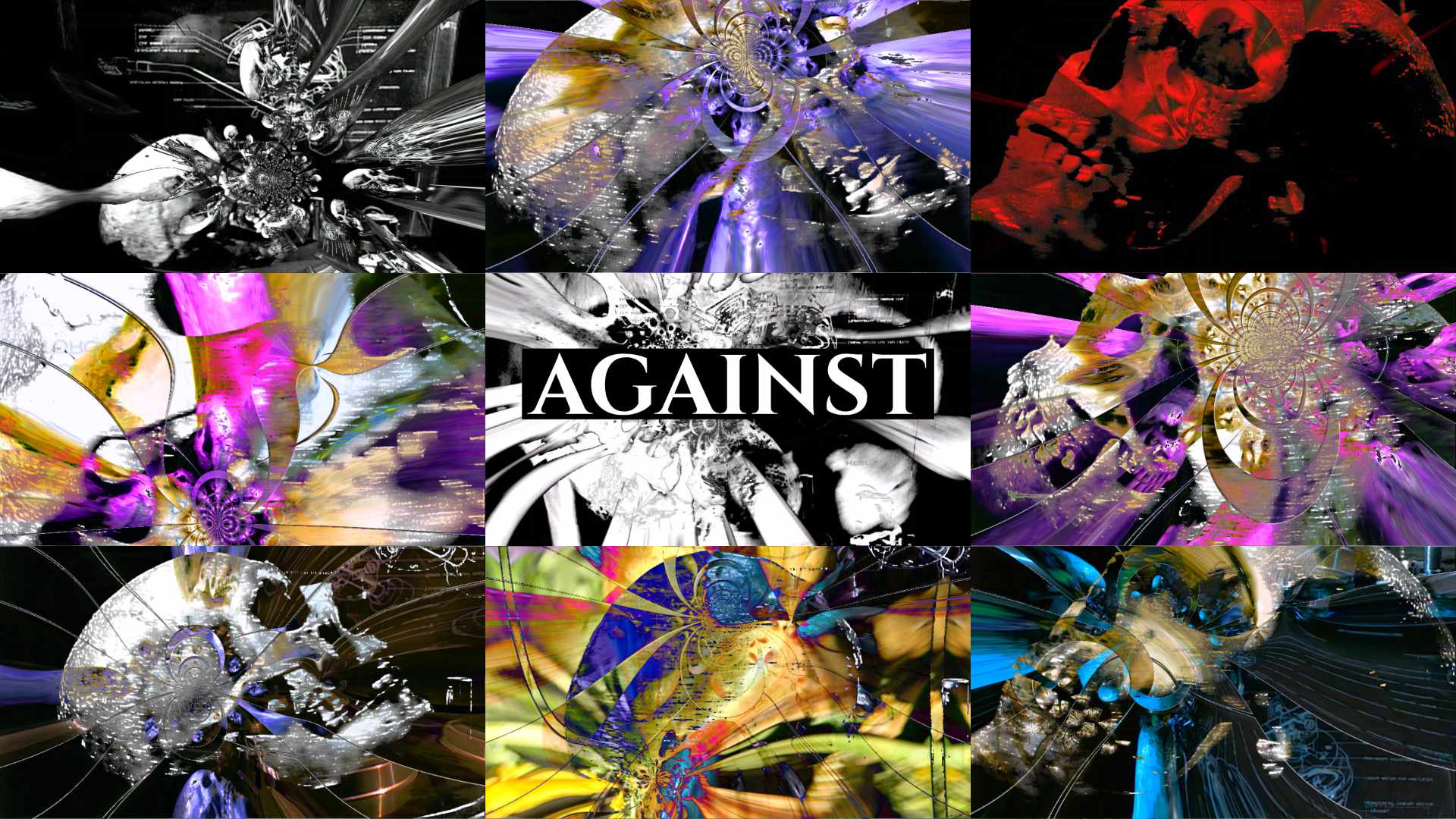
Year:
Duration:
Recorded:
“Hier stehe ich, ich kann nicht anders.” – “Here I stand, I can’t do anything else.” – are reportedly the words of Martin Luther as he refused to retract his statements in front of the Diet of Worms on that fateful day in April 1521.
For various reasons, this video is very close to my heart, and has seen two iterations over the years. It first saw the light of day near the end of 1999 as Lone DJ of the Apocalypse; however, I decided to remix it in 2011 and renamed it.
Like many of my videos, it refers to, and is inspired by, a very diverse set of things. These include the etymology of the word Object – (from the Latin – thrown up against, to oppose) – my love of Dutch seventeenth-century still-lifes1 and Vanitas symbolism – notably by Albrecht Dürer – a contemporary of Luther; and finally Sepultura – the first metal band I loved – with a name very fitting to the theme.
Despite all the seemingly moribund symbolism, this video is of course a celebration of life – against death… at least for now. There’s a lot more to say, but I’ll stop here for the moment.
1: Willem Claesz. Heda and Willem Kalf are personal favourites.
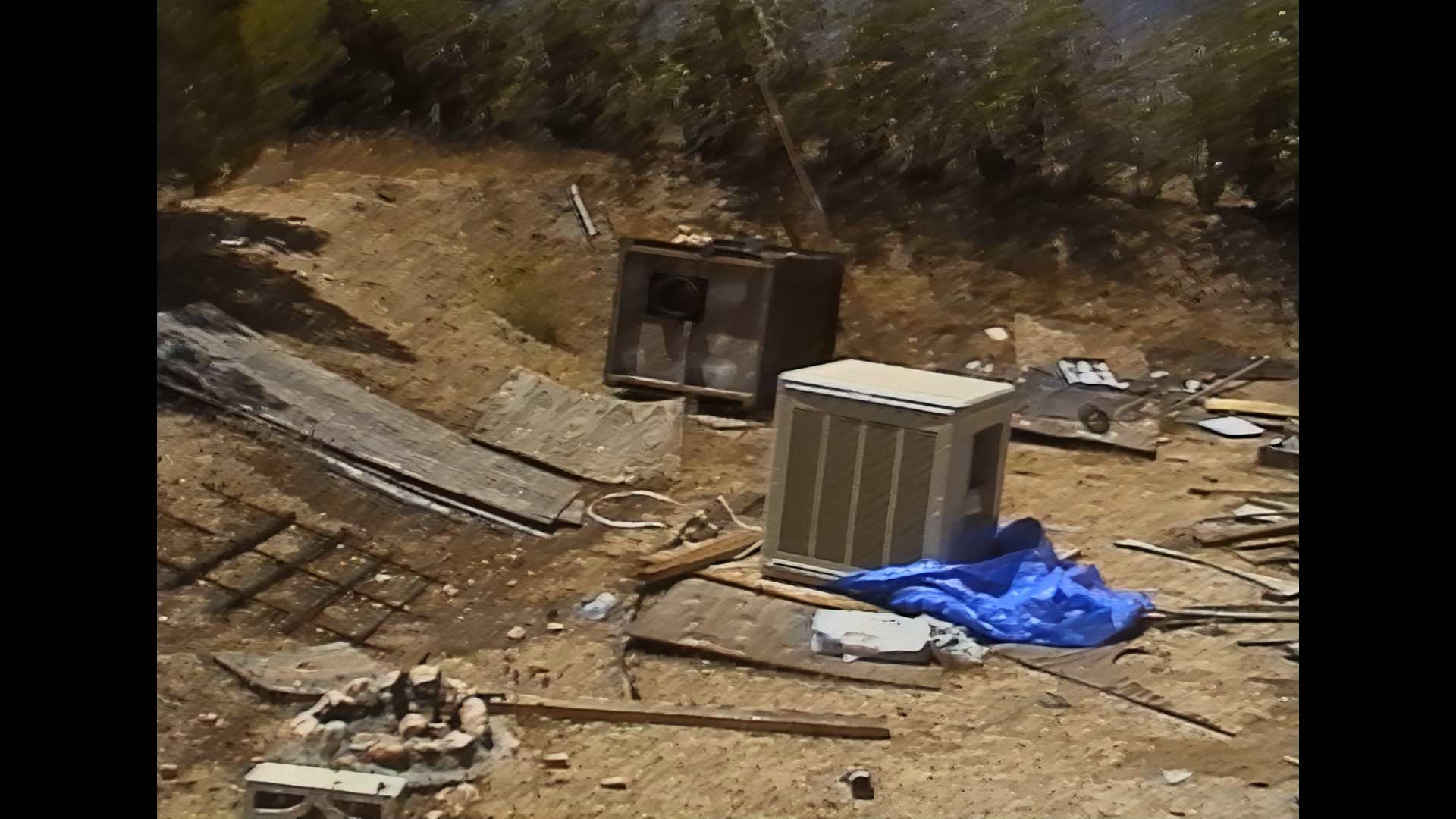
Year:
Duration:
Recorded:
The title of this video refers to the iconic work Ten Thousand Ugly Ink Blots by the Chinese, artist-monk Shitao (石涛)1 who lived between 1642 and 1707.
This video was originally titled Landscape #1 and completed in 1996.
The source S-VHS tape was digitised in 2021 and then de-interlaced and upscaled using software based on machine learning.
This algorithmic transformation from analog, Standard Definition, to digital, High Definition images, created a look – essentially, painterly digital artefacts – which resonated with many of my motivations for the original video.
At the time, I considered the video camera to be like a brush in my hand with which I paint ‘revelatory’ brush strokes – much like a squeegee on a fogged-up window.
‘Painting’ objects into being, in a sort of gestural, ‘direct communication’. I also think of it as a spontaneous, informal composition of shape, colour, movement and sound – much like our sensory interaction with the world.
An ‘act of being’ which unites camera, creator, viewer, subject and object.
I developed this approach during the nineteen-nineties while I studied the ink-based art of Zen / Ch’an Buddhism and Islamic calligraphy.
While most of the references and descriptions above are of a visual nature, I want to state that sound plays a pivotal role in all my videos.
On Saturday, May 20th 1995, I found myself in this incredible Joshua Tree landscape. On this fantastically cluttered plot of land where George Zelenz was building his new house, I couldn’t but respond spontaneously in this way.
It should be noted that the phrase – The Ten Thousand Things – is an important Taoist and Buddhist concept. It appears in Part 1 of the Tao Te Ching:
“The nameless is the beginning of heaven and earth.
The named is the mother of the ten thousand things.”
On a completely unrelated note – but somehow germane to the theme or personal context of this video – I want to mention that the thumbnail of this video always somehow reminds me of the brilliant painting Hinterhaus und Hof by Adolf Menzel – an artist I only discovered some years ago, but really love.
I found the similarities between Menzel’s brushwork and the painterly artefacts made by the AI video upscaling algorithm so compelling, that I took it further in a photo book titled 10K Ugly Ink Dots – Translations, Algorithms and Transformations. More about that later.
1: His real name was Zhu Ruoji (朱若極). Shitao was in fact an artist name – meaning Stone-Waves.

Year:
Duration:
Recorded:
In late July 1995, we ended up in Manzanillo, Costa Rica.
We had no intention of even overnighting, yet ended up staying for a life-changing week.
I knew the stars were aligning when I walked into Maxie’s for a beer, only to be greeted by the music of South African reggae star Lucky Dube.
It was also during that week that I developed an appreciation for Salsa music, and an enduring love for Columbia’s Grupo Niche – whose music was on permanent rotation.
I realised very quickly that the only game in town, was dominoes, and spent many hours watching the people play. Such an immensely grounding experience of ritual, play, being and belonging.
This is my only video which doesn’t have any sound. I did so in an attempt to create an empathic resonance between the images and the viewer’s sense of touch… The tactile materiality, the pure joy of manipulating domino tiles, the proprioceptive weight when laying your hand on a tabletop, or smacking a domino onto the table – the sense of agency that such a primary act of being affirms. This intention runs through a lot of my video work. One thing that has always bugged me about video, is its lack of physical materiality1. Indeed, this is one reason why I always strive for my videos to generate some sort of bodily resonance in the viewer. More on this later.
I recorded this video on the 28th of July 1995.
1: I often joke that I will be a stone mason in my next life.
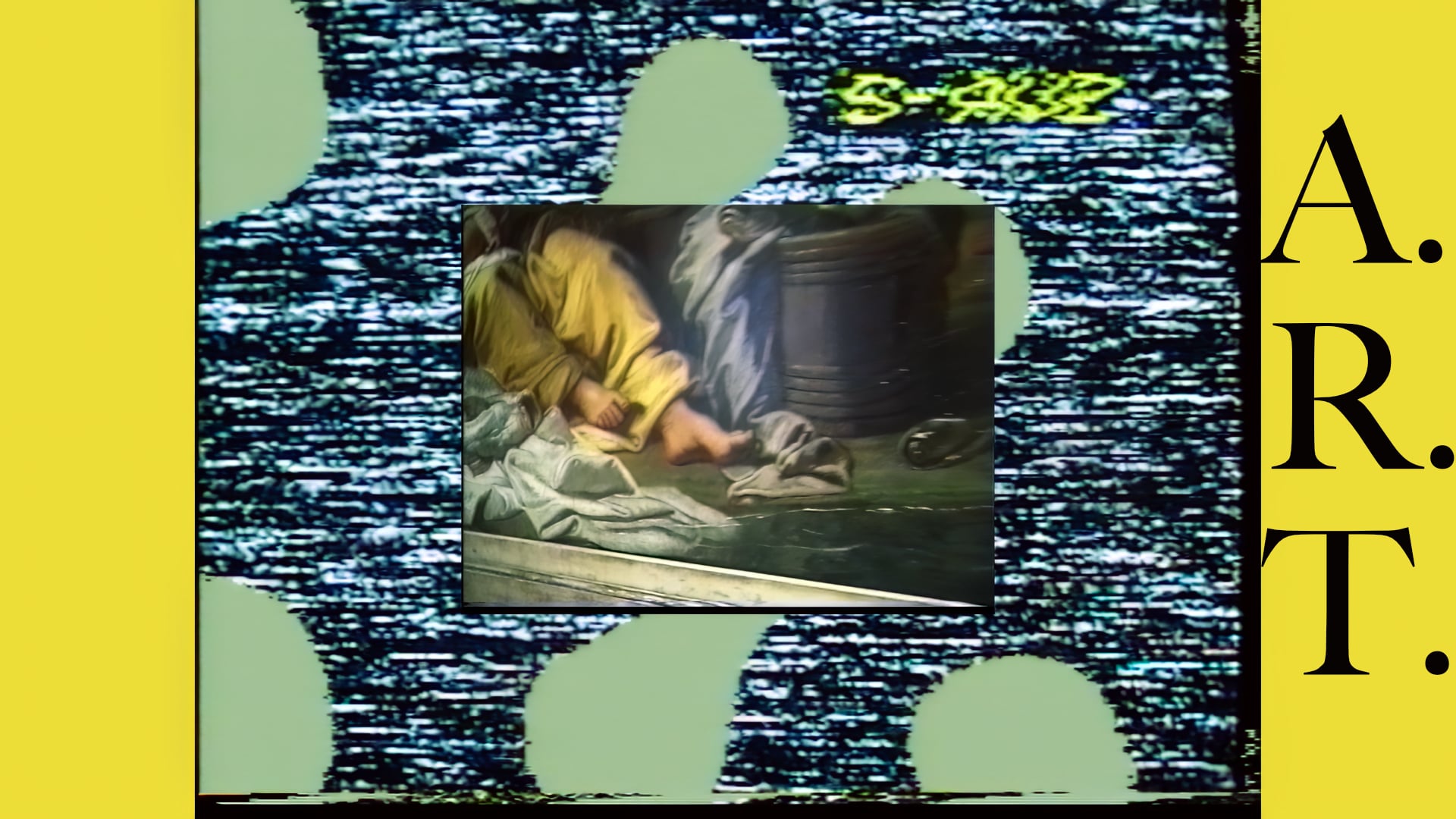
Year:
Duration:
Recorded:
Over the second half of the nineteen nineties, I became interested in making angular, visceral, ‘short-circuiting’ videos. My videos Electro Nosebleed, Bhumisparsa, Contact and Against are examples of these endeavours.
As part of this process, I sampled diverse music genres to create raw, polyrhythmic music tracks which I rehearsed, and then played and recorded straight onto DAT (Digital Audio Tape).
I stumbled across this track while digitising my archive over the past five years. During this process I also rediscovered some S-VHS footage I had irreverently recorded at the Louvre; as well as video feedback experiments recorded around the same time. They all have a bracing freshness which inspired me to start working on this video.
Even though the creation of this video spans thirty years, there are some ideas which – to a greater or lesser extent – inspired its creation and completion – although nuances and new ideas have of course accumulated in the interim.
These ideas include Walter Benjamin’s quote: “There is no document of civilisation that is not at the same time a document of barbarism.”
I don’t necessarily agree with Wilhelm Worringer’s thesis in – Abstraction and Empathy – yet I feel it’s an interesting assertion to ponder.
Then there’s my love for Ch’an / Zen brushwork and philosophy, and viewing the camera as a paintbrush to paint gestural strokes in time and space.
Finally there’s my attempt to edit sound and image into a synaesthetic whole which temporarily short-circuits “thinking” – allowing us to become one with the sensory, the sensual, the material, the physical – the ever creating, ever creative cosmos of our existence. But this can also be enjoyed as an exhilarating twenty-five “FUCK OFFS” a second – the prefect antidote to being museumed out.
To be honest, watching the Louvre footage now, it physically pains me to notice all the masterpieces which I flippantly walked past at the time of recording. I used to have a total disdain for the Rococo – which has thankfully been tempered1 over the ensuing thirty years. To the point that I want to express my great love and respect for Jean Siméon Chardin and Jean-Antoine Watteau. Respect to Jean-Honoré Fragonard, and hat tip to Nicolas Largillier – the painter of the hands. Lastly, thanks to Jean Jouvenet for the boisterous yellow trousers.
As for the music, I unfortunately cannot remember the sources of the samples. The only one I still remember is from a piece by Györgi Ligeti – I think his Chamber Concerto. I have a feeling that I sampled a track by Painkiller – a group I love. Or maybe it was Naked City…
As for the title of this video… I’ll say it’s an acronym for Animal Resistance Technology.
PS: I still hate academic art – as does this video.
1: Rococo to Revolution by Michael Levey is a stunning book which I thoroughly recommend.
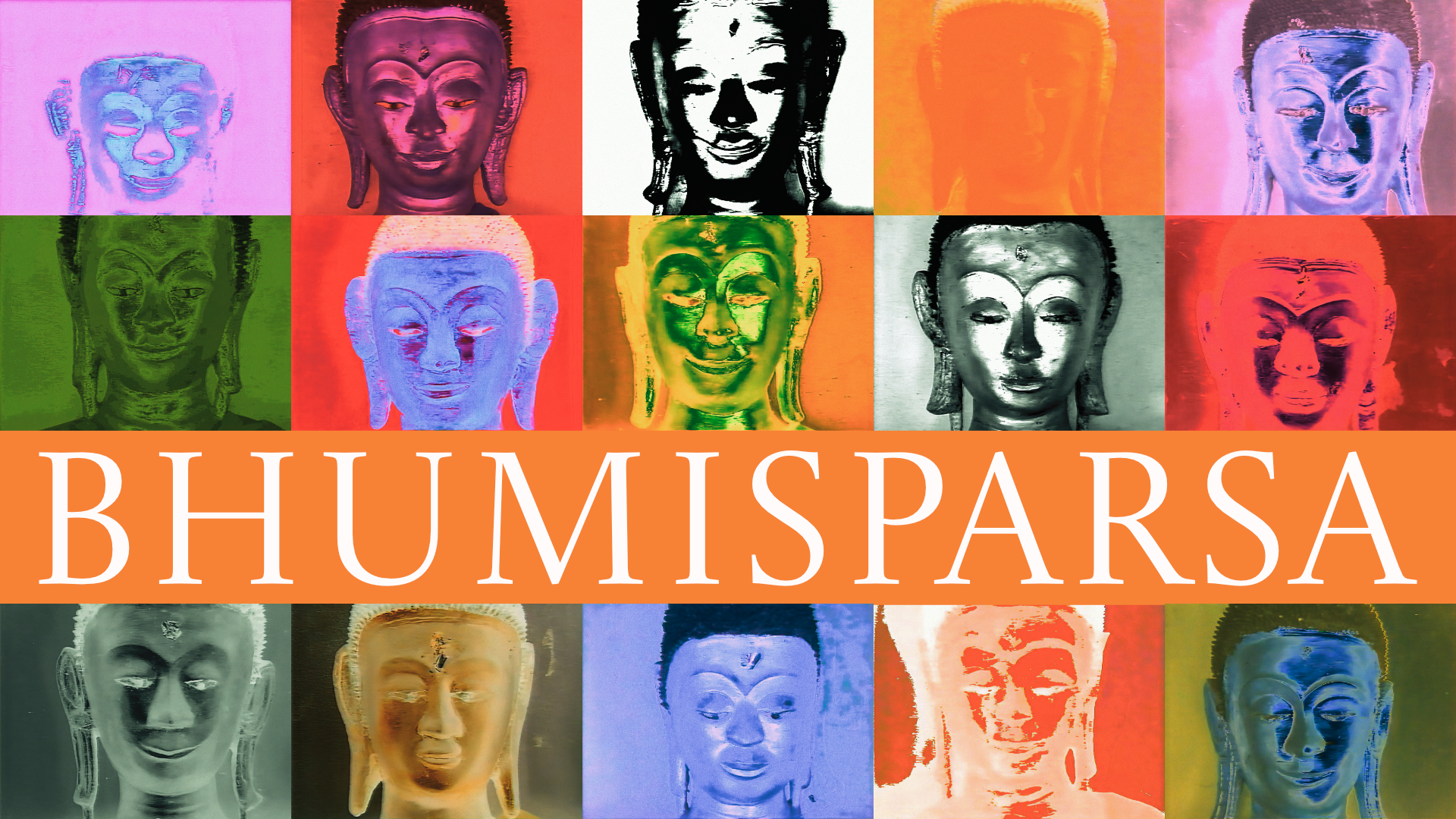
Year:
Duration:
Recorded:
In May 1996 I first visited Wat Phra Mahathat Woramahawihan – the main Buddhist temple in the Nakhon Si Thammarat province of southern Thailand.
Lining the cloister around the main stupa, are many statues of a seated Buddha. All of these Buddhas have the same pose – the so-called Bhumisparsa Mudra – or Earth-touching Gesture – which is one of Buddhist iconography’s most important hand gestures – or Mudras.
In this gesture, the Buddha is seated in meditation while his right hand – with outstretched fingers – is touching the earth.
The mudra refers to the key moment in the Buddhist Canon of Siddhartha Gautama’s journey to Enlightenment; when he called the Earth to witness his triumph over the temptations and distractions of Mara – the demon of death and destruction – essentially – the world of delusion.
For me, the simple act of touching the material foundation of our physical existence – the earth – speaks volumes. In our lives, increasingly ‘ideologised’ and removed from objective reality, making contact with the Real, the Actual, can be a simple, but powerful act of resistance… an affirmation of our physical, non-delusional, grounded being.
For this video, I took a photo of each of the Buddhas lining the cloister, and attempted to recreate the battle between the meditating Siddhartha and the almost overwhelming distraction, temptation and delusion around him – a portrait of composure in the eye of the storm.
For those interested in seeing more of this magnificent temple complex, I recommend my video – Thunderstorm at Wat Phra Mahathat Woramahawihan – which I recorded on the same day.
The drastic difference in form between these two videos represent two different strategies I employ for engaging and disengaging the viewer’s cognitive and sensory systems.
In the case of Bhumisparsa – I use intense sound1 and image to bombard the senses, and thereby momentarily overwhelm the possibility to ‘read and interpret’ what’s happening. Literally a sensory roller-coaster ride – giving us the opportunity to just live and enjoy a little bit – even if it takes us out of our comfort zone.
We are so conditioned to approach a video as a kind of text which is to be read – rather than really looked at and listened to. In this convention, the shots in the edited sequence are all subservient to the script or narrative – like words in a sentence. A shot is only held long enough to be ‘read and understood’ before cutting to the next. By extending the durations of the shots into minutes rather than seconds, the viewer, after having superficially ‘scanned’ or ‘read’ the shot – expecting another shot to swiftly follow – is cut off ‘mid sentence’… dropped into a semantic no-man’s land.
Nothing happens, and an immediate mental discomfort sets in… the hand reaches for the remote control to escape this unsatisfying state – but WAIT!
The onus is now squarely on the viewer to extract value from this sensory input – this experience. You now have the time to really look at the scene presented and listen to the sounds criss-crossing and enveloping it. The more you invest of your attention, your own time – your being – the richer the experience becomes. What’s more, the scene becomes your own, since you can select what to focus on, what to observe or listen to. Yes, this is a mediated experience, but an experience nonetheless.
If there’s any message to take away from my lovingly curated snippets of Reality, it’s this:
Sure, you certainly don’t need to take in the ‘second-hand’ world of this video. I would recommend that you sit down somewhere and simply watch the world go by. Take the time, give yourself the opportunity to enjoy the magic and mystery of every little thing in the real world around you. I hate sounding like some self-help guru, but I really aspire for art to make us love life in this world – in all its beauty and sadness – or maybe – despite all its beauty and sadness.
1: The soundtrack for this video was an improvisation on my Yamaha CS-30 analog synthesiser recorded straight onto tape.
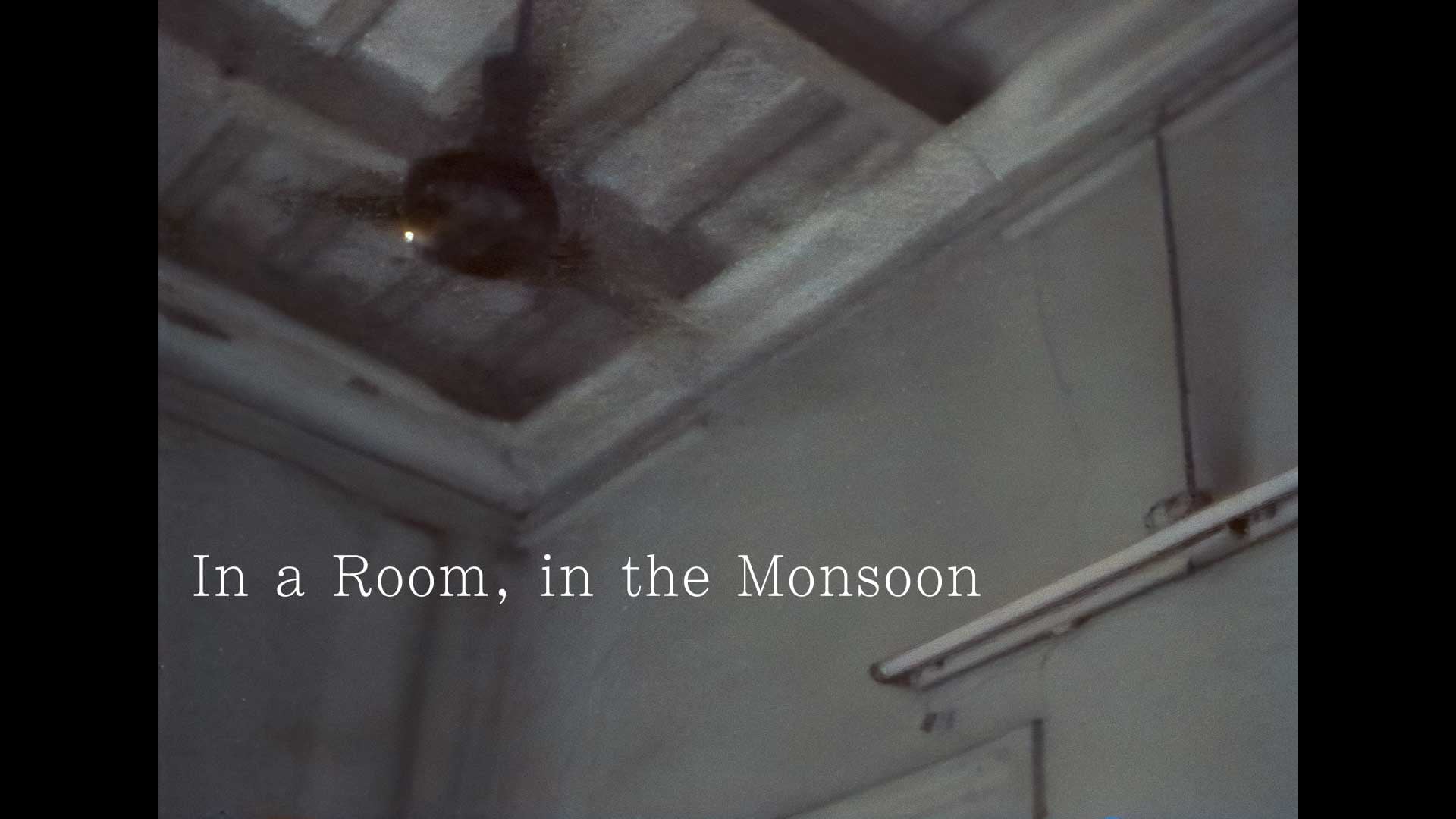
Year:
Duration:
Recorded:
Thursday, 6 June, 1996. Hotel Garib Nawaz, Calcutta
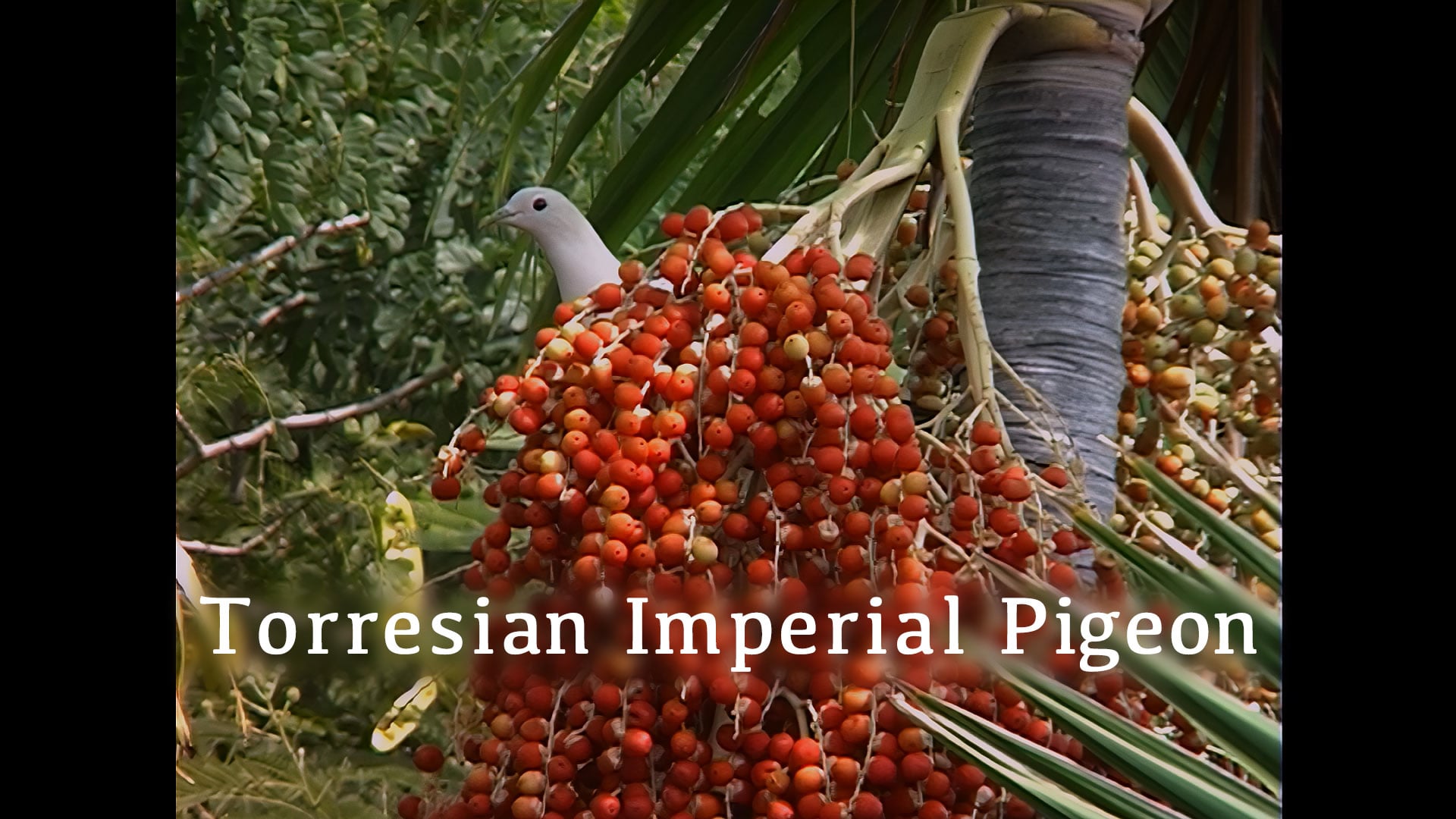
Year:
Duration:
Recorded:
Darwin, Australia, 13 December 1999
This video is an excerpt from my long-form video The Bodies of Nobodies.
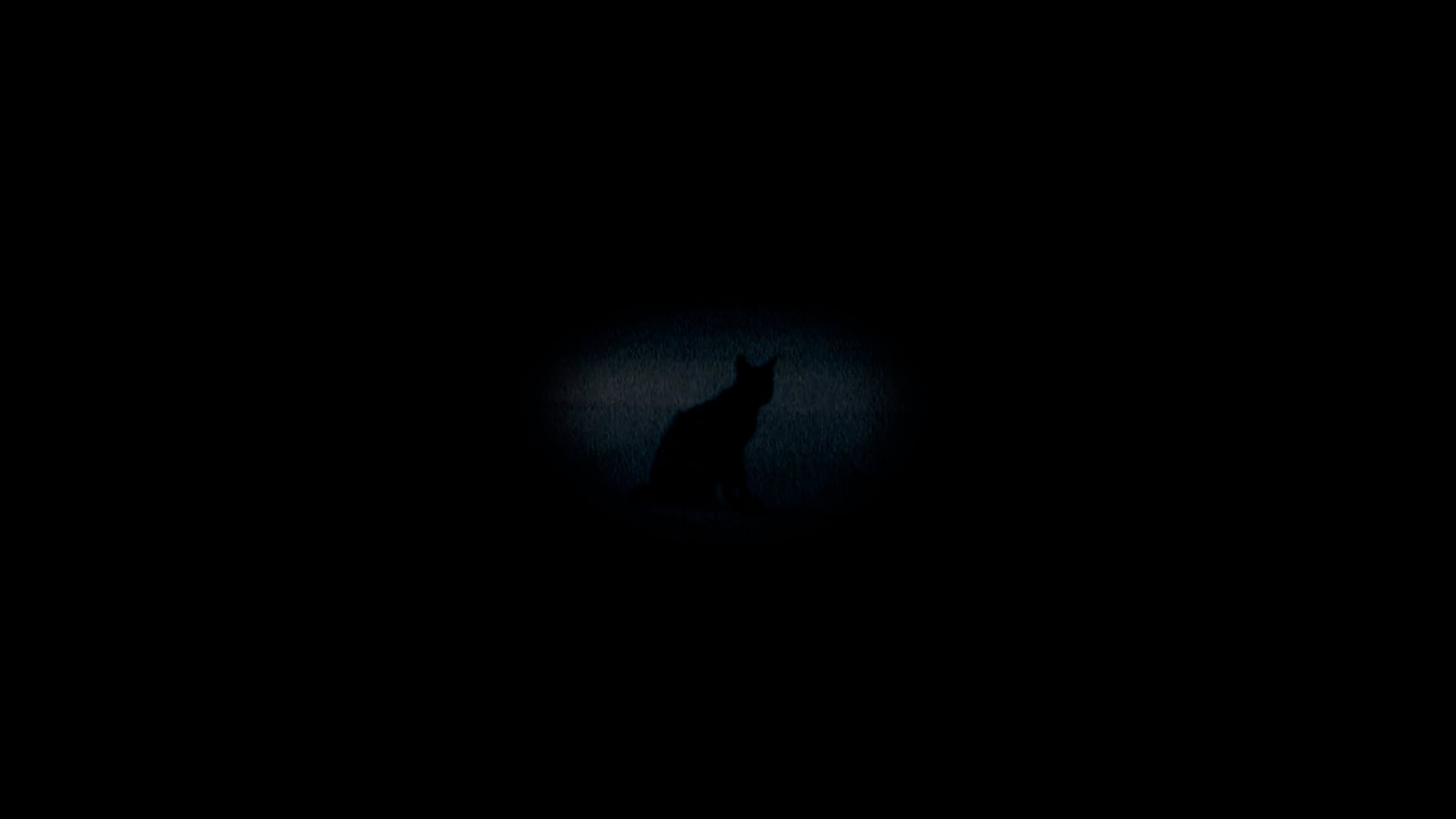
Year:
Duration:
Recorded:
Shot in the dead of night in a Malaysian village, this video is an exploration of perception and consciousness. While the people sleep, their village is owned and roamed by the creatures of the night – existing on the edges of (and beyond) human perception. By slowing down the footage, the ultrasonic sounds of some bats and insects suddenly become audible; while time and space collapse in this dreamlike, scotopic otherworld of the nighthawks.
Meanwhile, in their beds and hammocks, the villagers’ unconscious bodies rise and fall as they inhale and exhale the warm night air.
5a.m, and in a bedroom, an alarm clock wrenches some sleepers into consciousness. Somewhere, above the corrugated iron roofs, a public address system springs noisily to life as a sleepy muezzin starts calling the faithful to prayer.
Please watch in a dark environment… you’ll struggle to see anything otherwise.